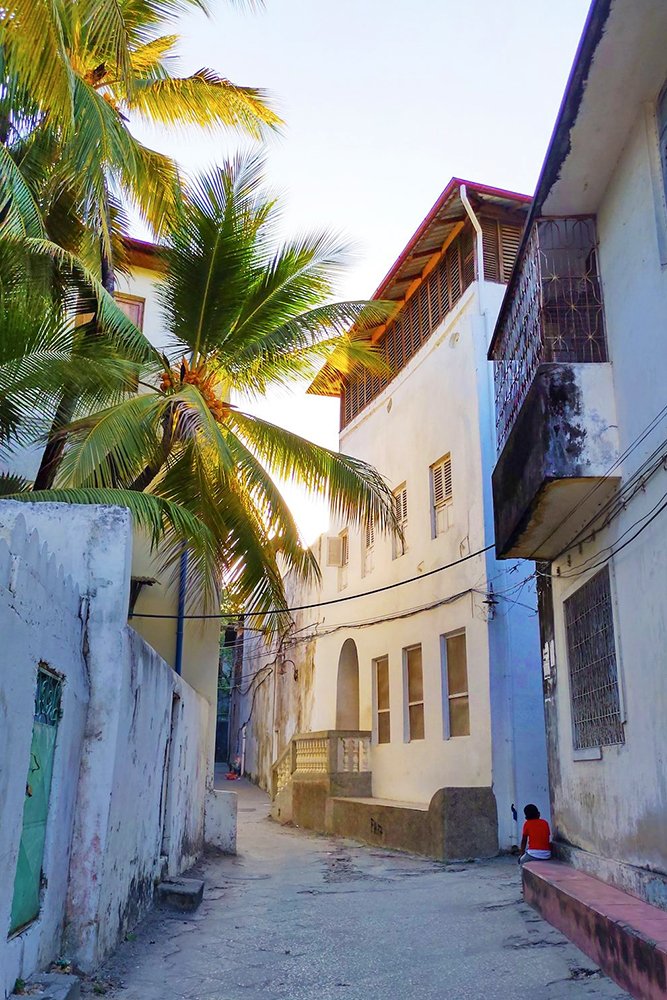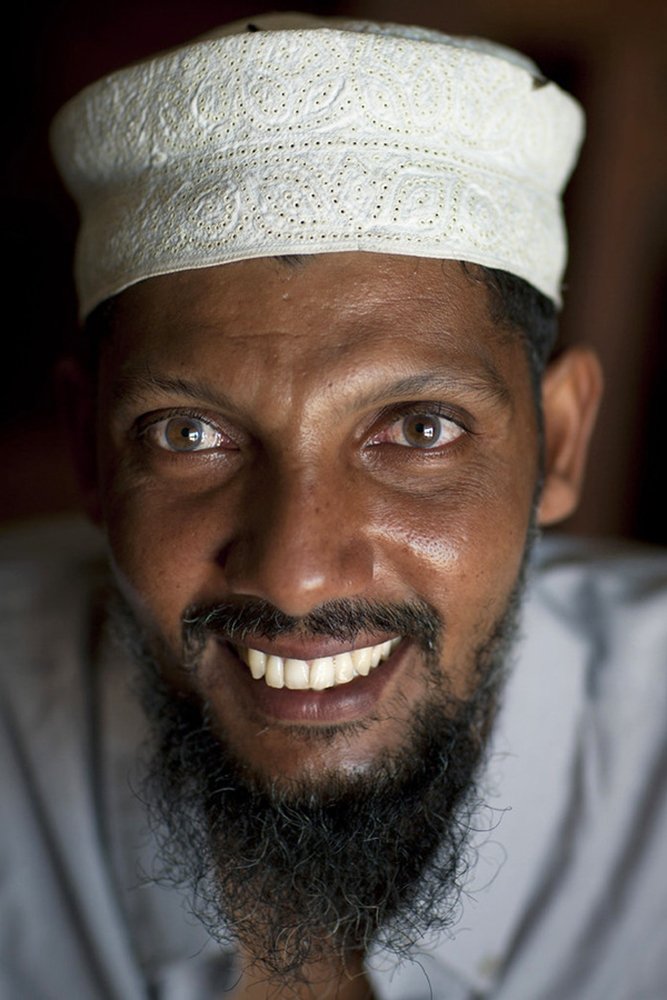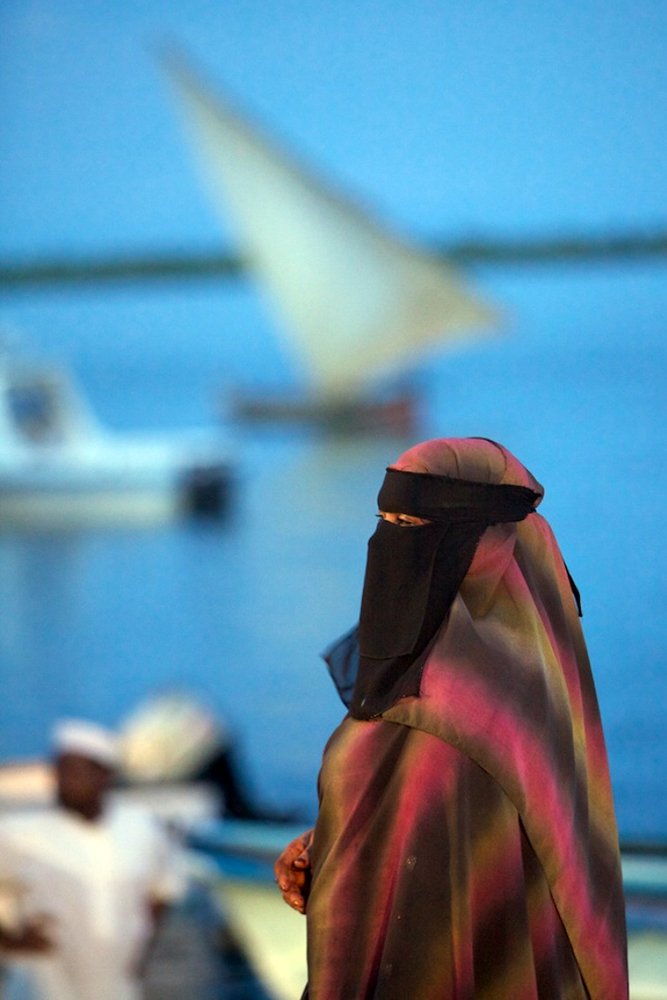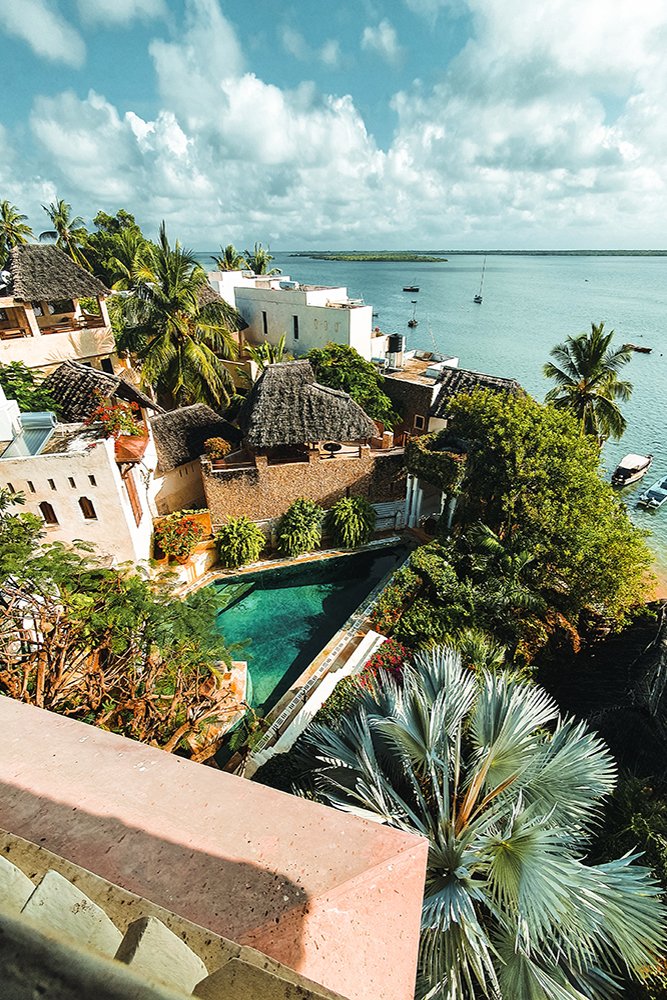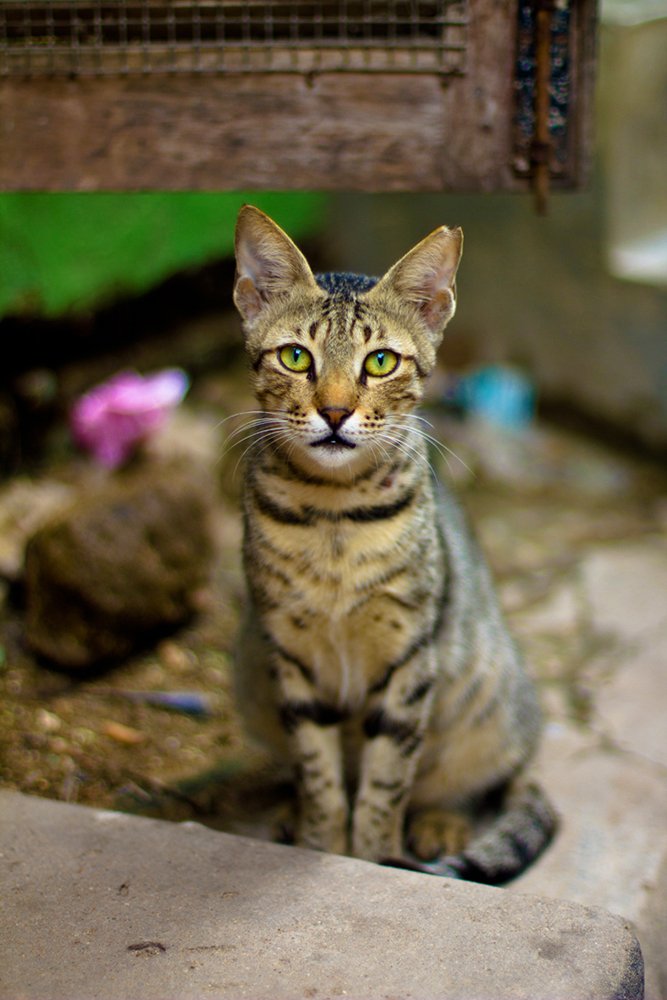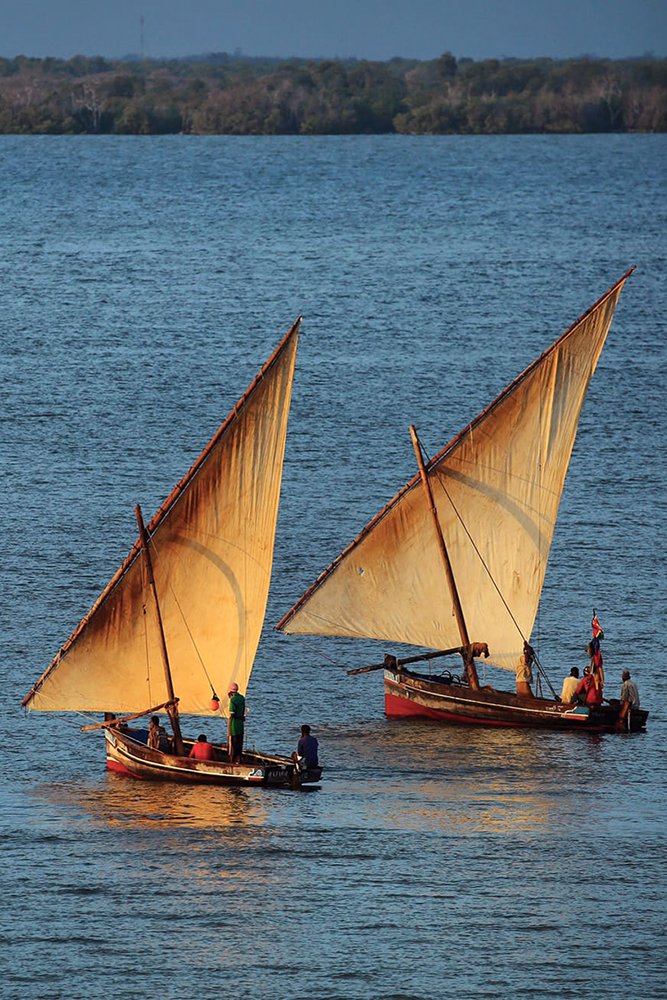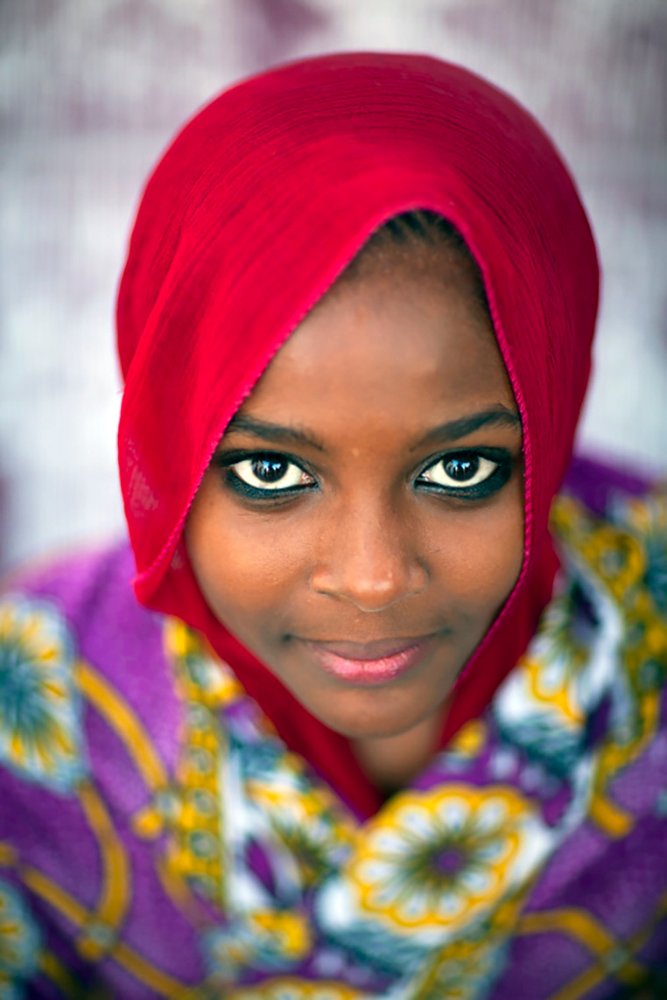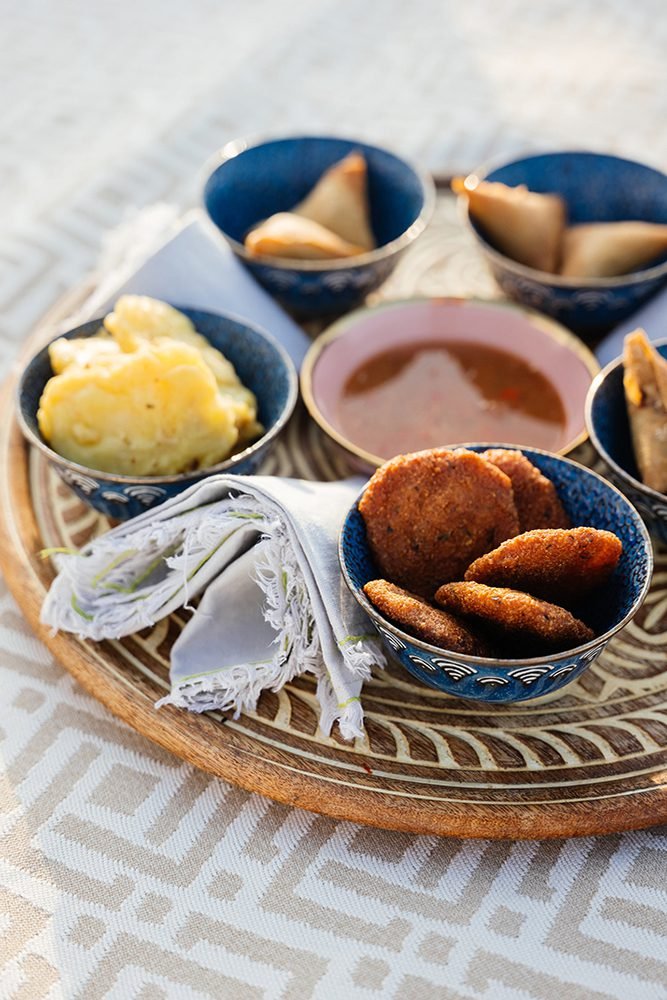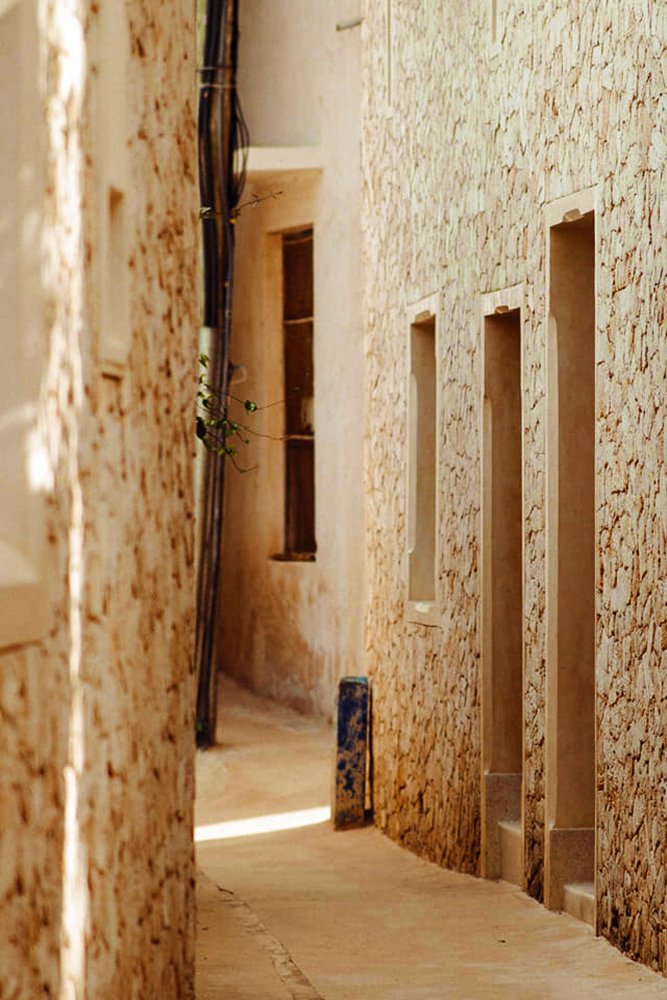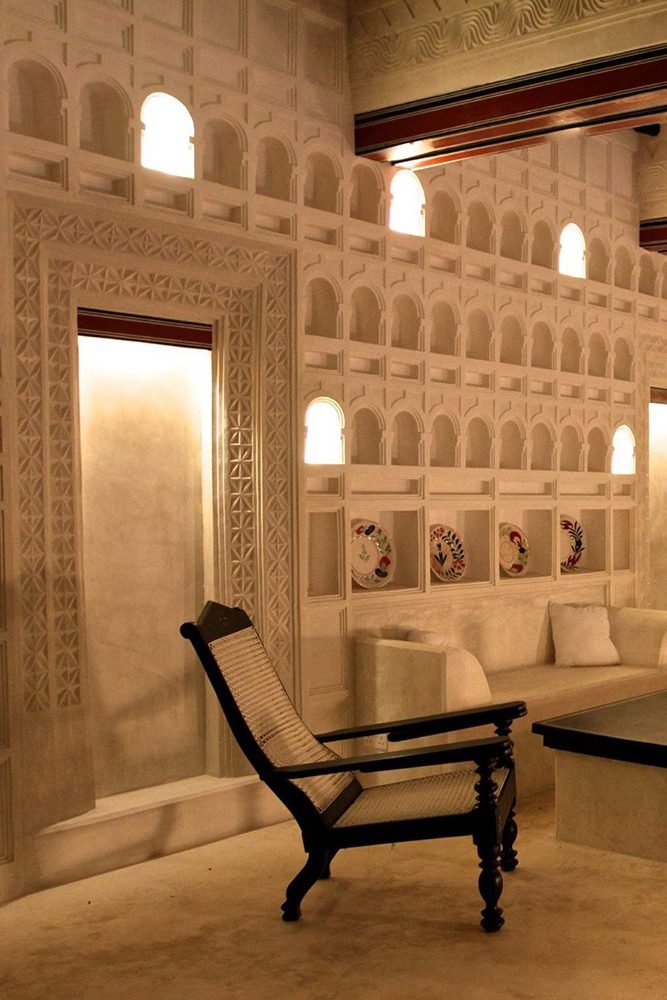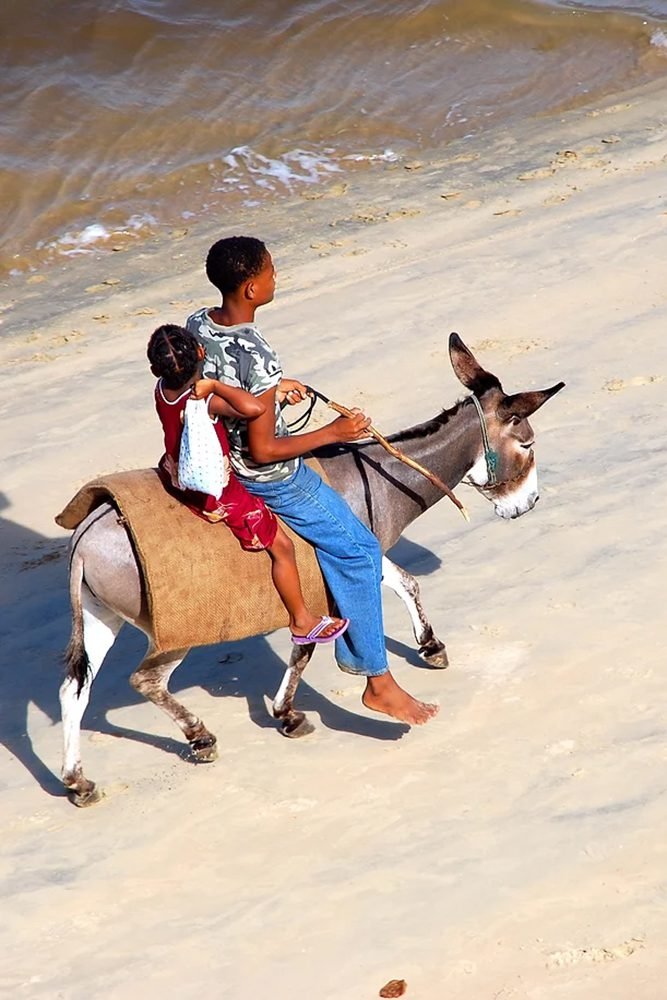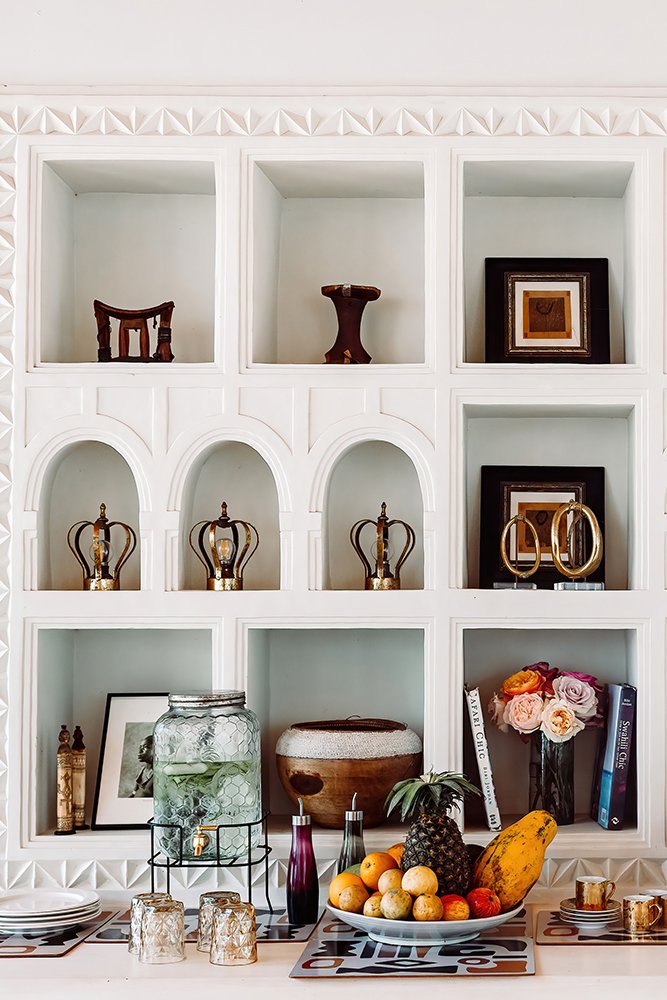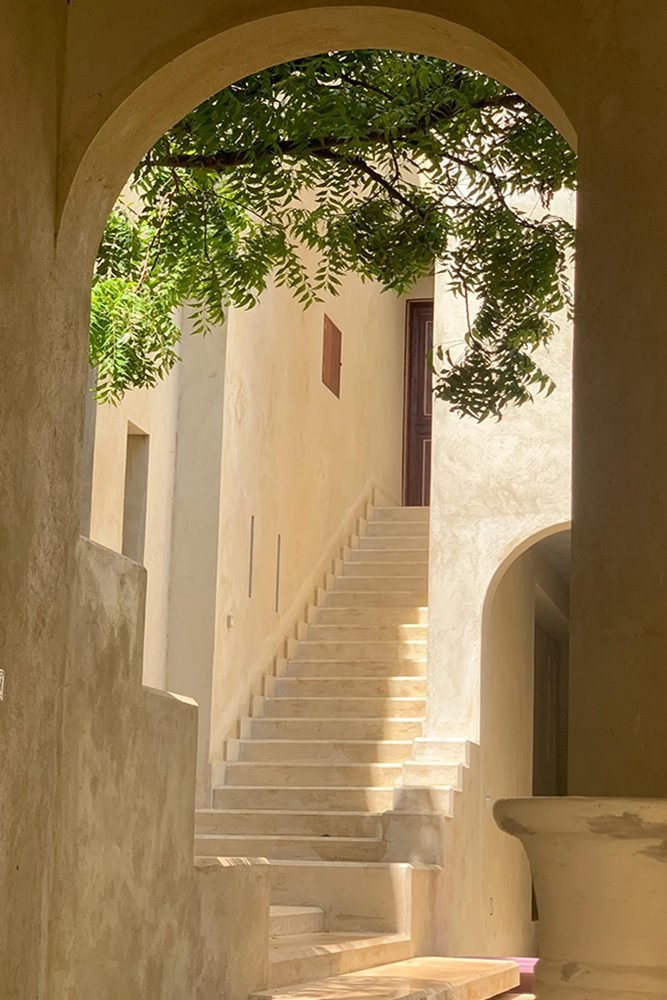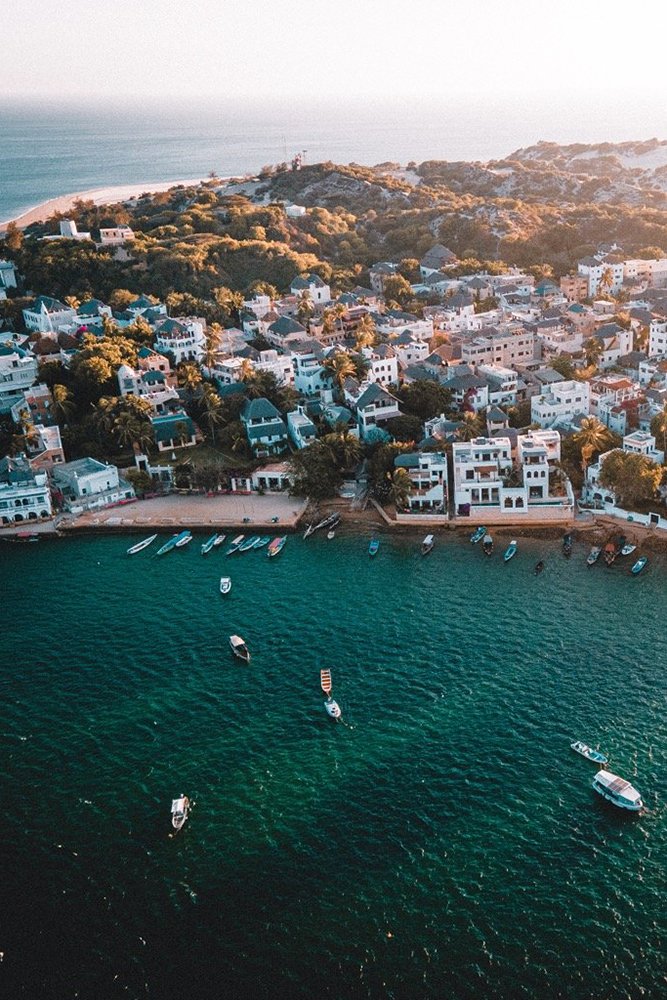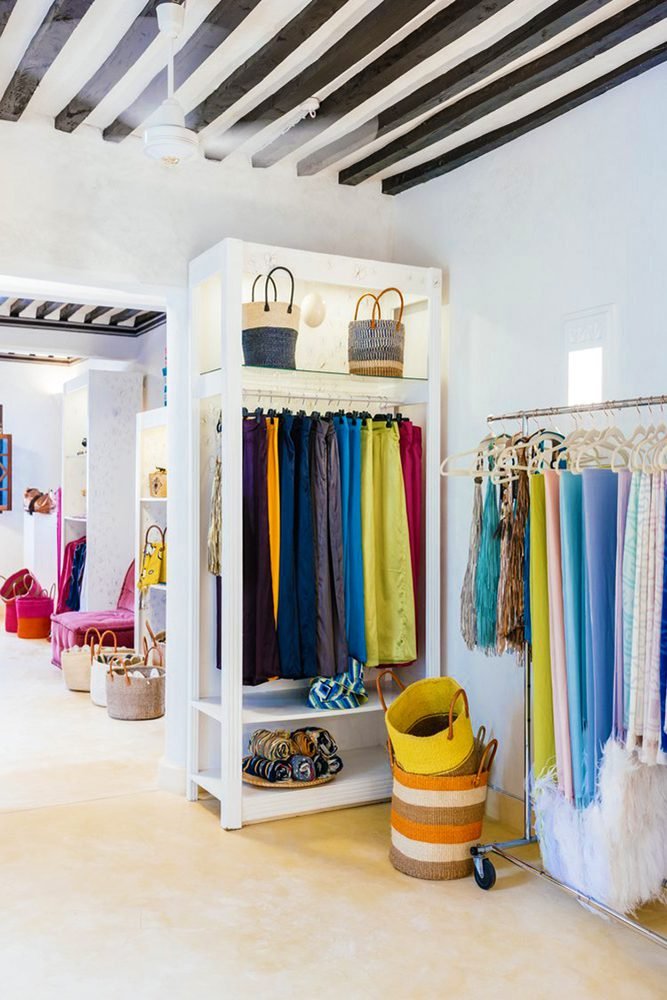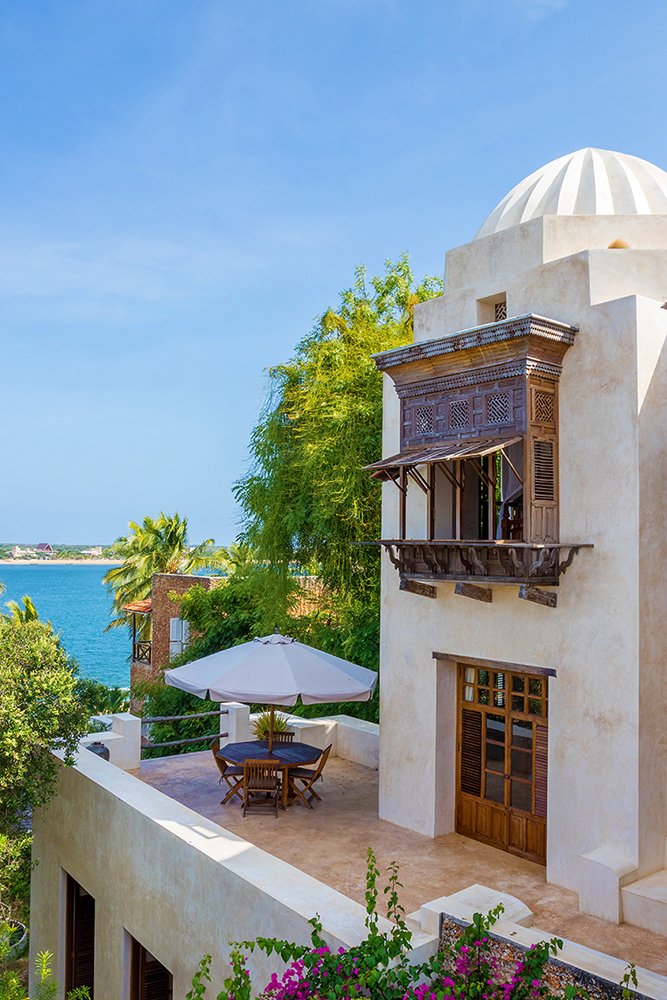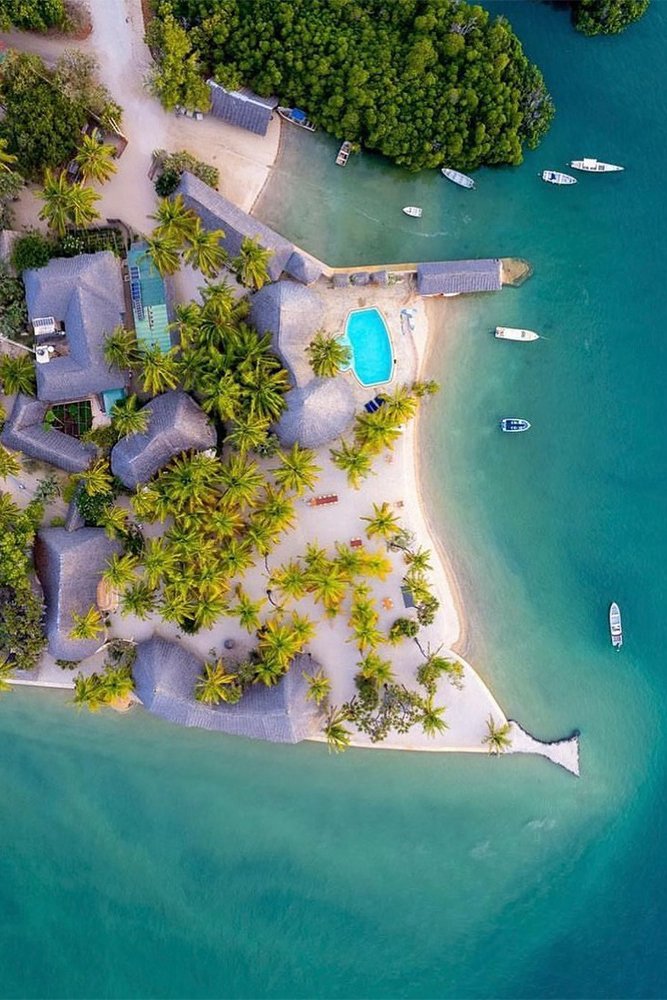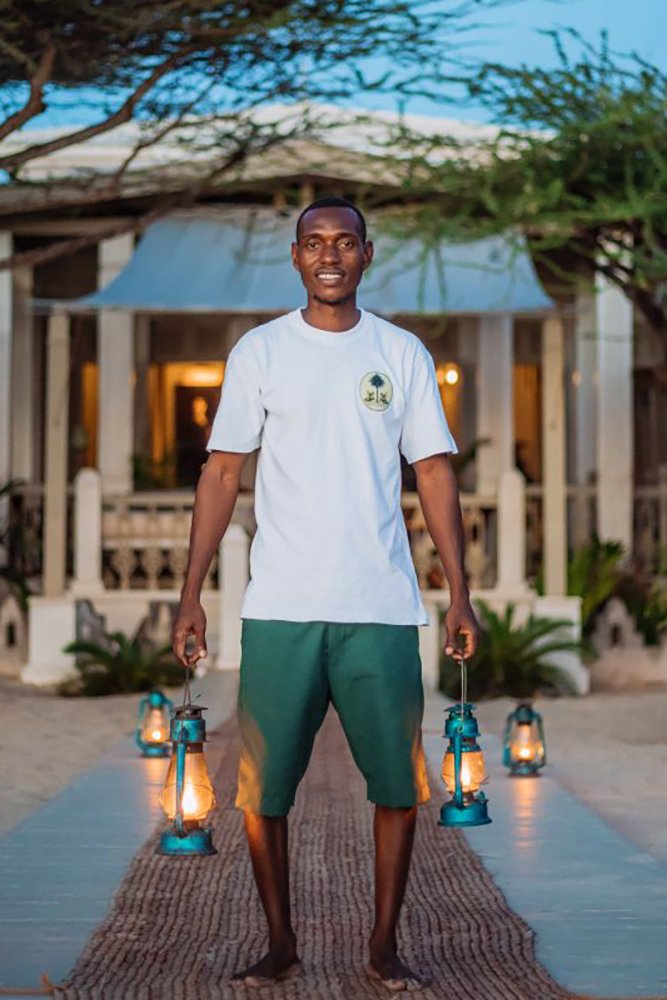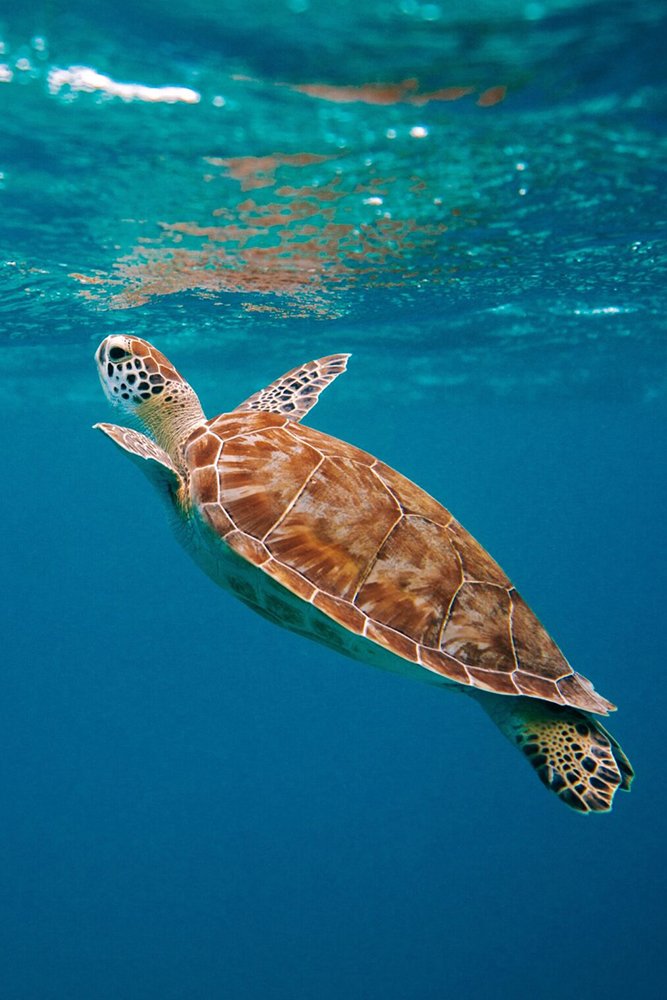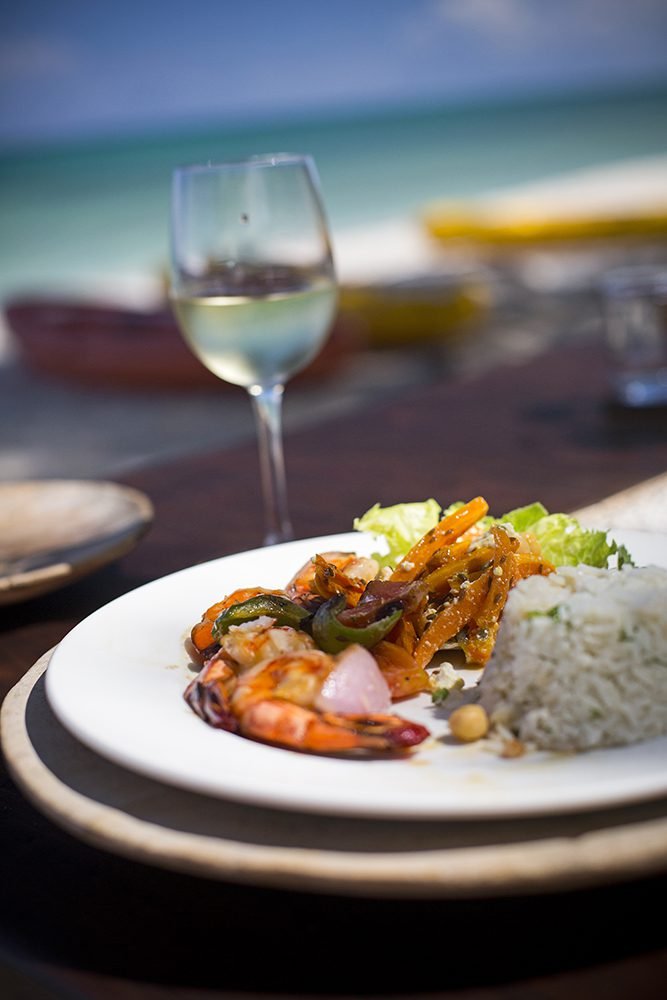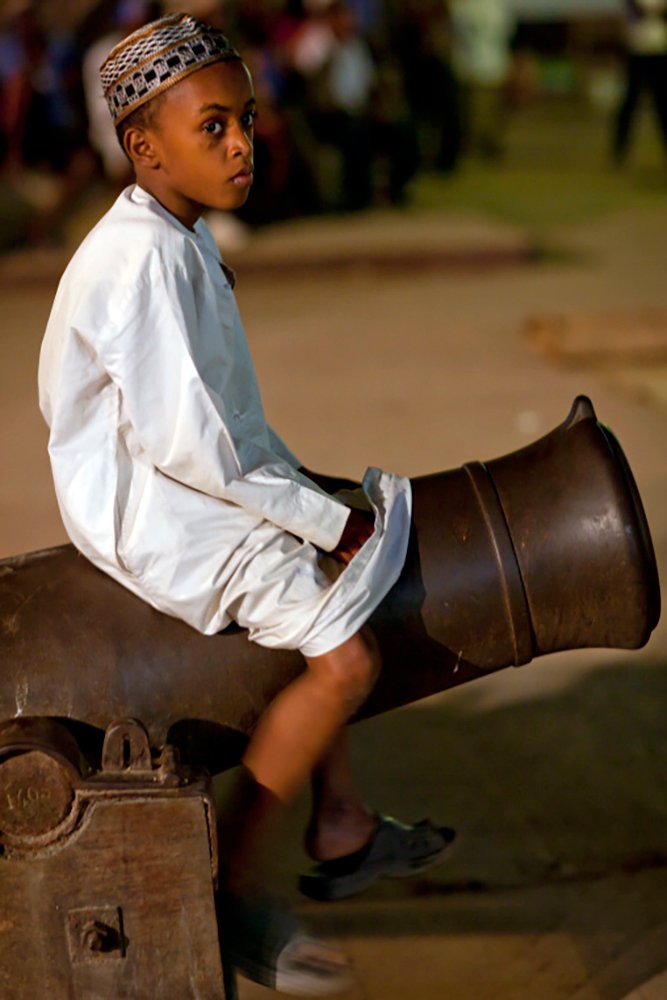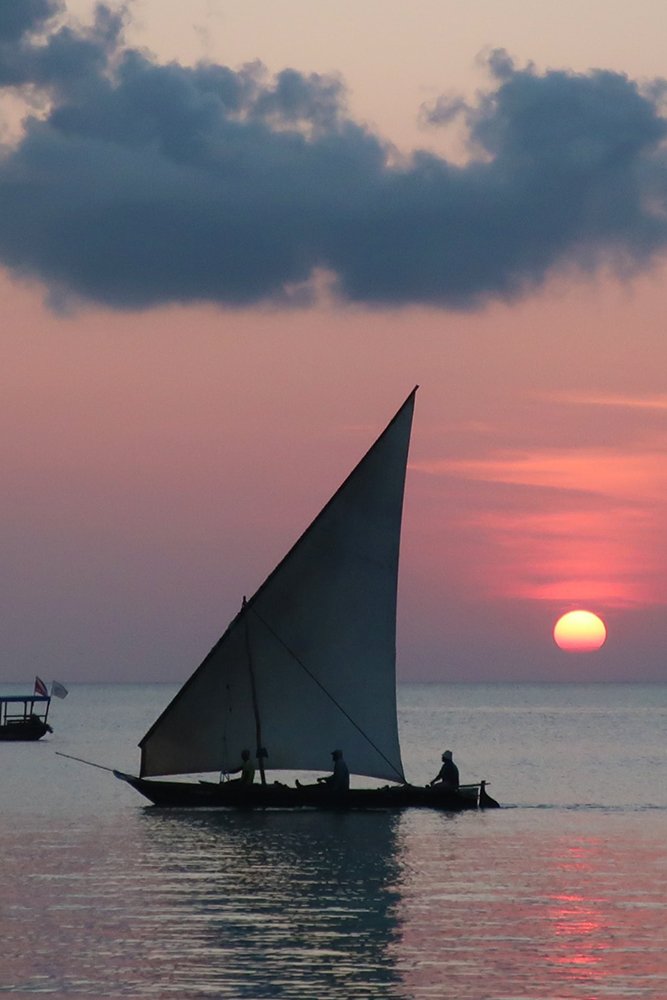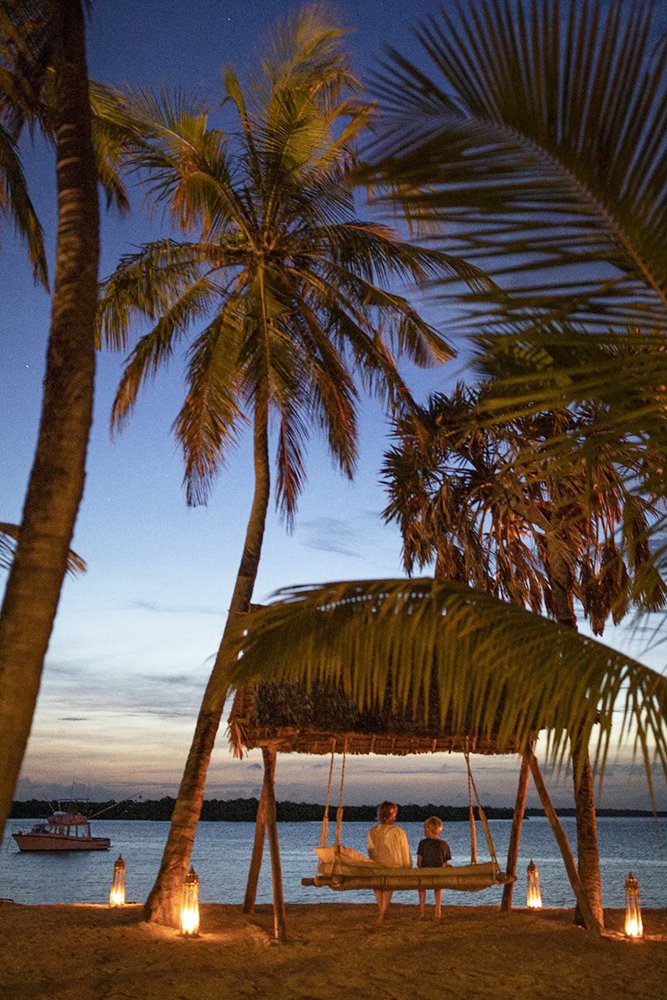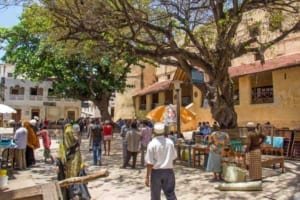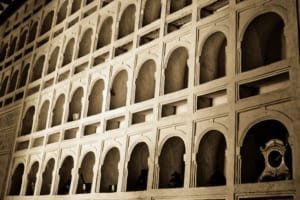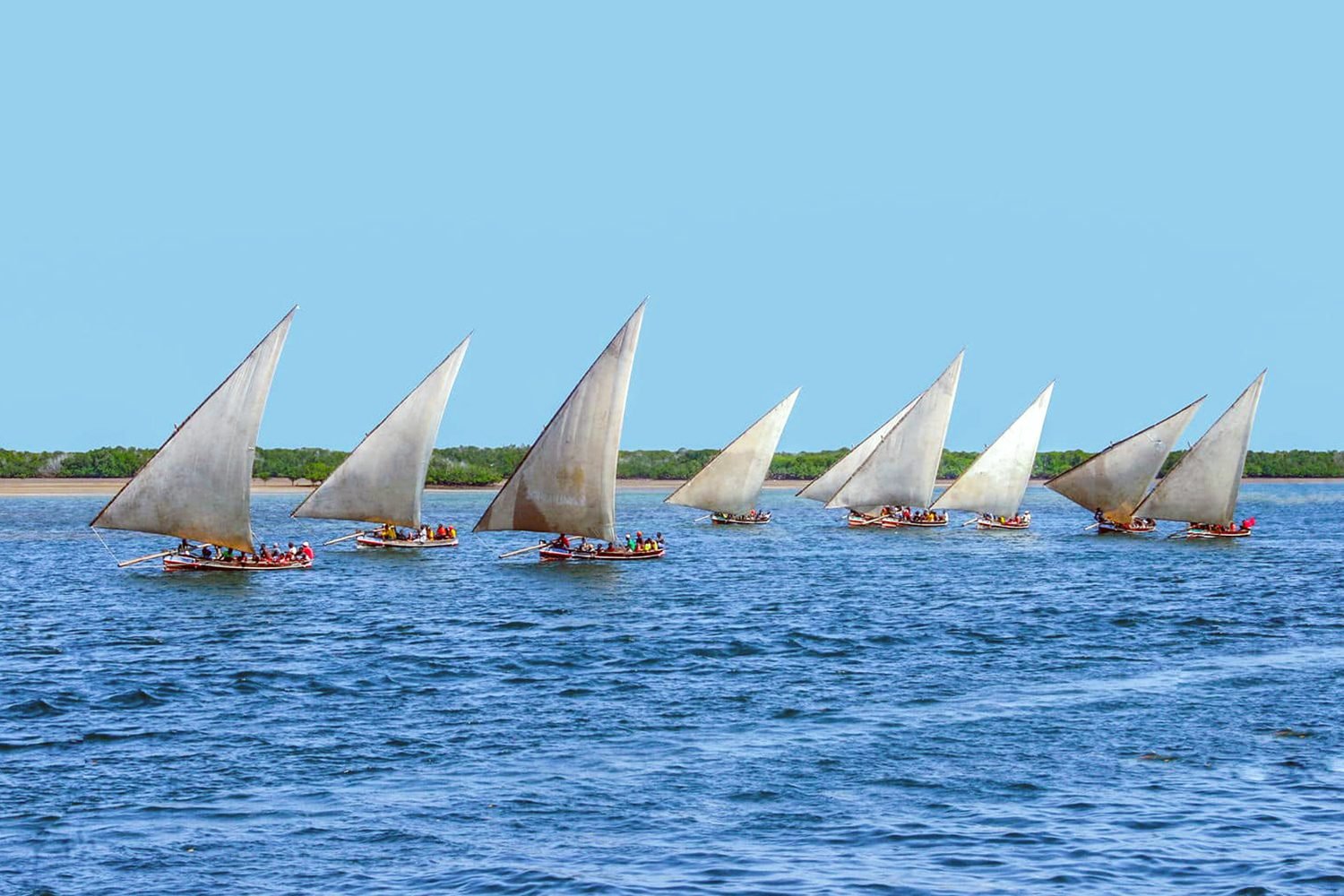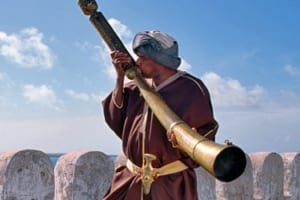“Lamu is a tiny island filled with hot, hot days, perfect sea breezes and empty white-sand beaches. It has crumbling Arabic houses, narrow twisting streets, hectic market places and stunning sunsets – in short it is wonderful”
The Times
Lamu is not a place that much believes much in progress – or indeed in haste of any kind – life is lived at a leisurely pace, and its physical appearance and character have changed very little in centuries. Indeed the island often seems to have been frozen in time about 100 years ago – and remains largely undisturbed by the cares of the 20th Century, much less the 21st.
The historic layout of Lamu’s Old Town remains intact – the same maze of narrow, shady streets – most only wide enough to accommodate a fully-laden donkey – the same coral stone houses and mosques, the same ancient sailing dhows and fishing boats at anchor in the port.
Lamu is just 8 miles long and under 4 miles wide (less than 13 x 6 kilometres) and there are still few cars on the little island (well one or two if you count the District Commissioner’s Land Rover and the occasional tractor) and no real roads to drive them on, and almost all transport is still by sailing dhow or motorboat, donkey or foot.

